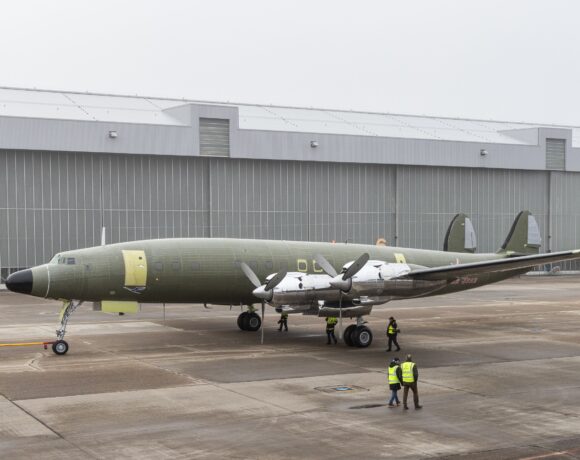World’s first solar-powered ATC radar station goes live in Chile

The unique asset is in the Atacama Desert
In a groundbreaking move towards sustainable air traffic management, Chile’s General Directorate of Civil Aeronautics (DGAC) and Thales, a global technology leader, have unveiled the world’s first Air Traffic Control (ATC) radar system powered entirely by solar energy.
Nestled in the remote reaches of the Atacama Desert, the radar station stands as a testament to innovation, engineering prowess, and environmental responsibility.
Operating at an altitude exceeding 3,500 metres, the radar station, equipped with 340 solar panels, harnesses the intense solar irradiance unique to the Atacama region.
This pioneering initiative bolsters air traffic surveillance capabilities in Northern Chile and sets a new standard for sustainable aviation infrastructure worldwide.
Cutting-edge radars
Developed by Thales in collaboration with DGAC, the solar-powered radar system comprises a cutting-edge STAR NG primary radar and RSM secondary radar.
Together, these advanced technologies fulfil civilian and military ATC’s stringent operational surveillance requirements, detecting a broad spectrum of aerial targets with unrivalled precision, including helicopters, commercial aircraft, and jets.
With a maximum daily generation capacity of approximately 960 kWh, the radar station’s solar panels cover an expansive area of 10,000 square metres, ensuring uninterrupted functionality even in the most remote and challenging environments.
This landmark achievement underscores Thales’ commitment to using technology to create sustainable solutions and reinforces its position as a frontrunner in the global aerospace technology landscape.
Juan Alegría, Systems Director at DGAC, hailed the radar station as a pivotal asset in enhancing air safety and mitigating environmental impact. He noted its significant coverage range, spanning up to 100 nautical miles for the primary radar and 250 for the secondary radar, catering to the region’s burgeoning air traffic demands while aligning with international environmental mandates.
Lionel de Castellane, VP of Thales’ Civil Radars segment, echoed Alegría’s sentiments, lauding the project as a milestone in pursuing sustainability within the aviation industry.
He underscored Thales’ commitment to delivering eco-friendly solutions that uphold the principles of environmental stewardship and contribute to global efforts to combat climate change.
In addition to technological innovation, Thales and DGAC remain steadfast in their dedication to environmental, social, and governance (ESG) objectives.
As part of their commitment, both entities have undertaken measures to preserve archaeological sites in the region, ensuring the harmonious coexistence of modern infrastructure with the cultural heritage of Indigenous communities.
With a presence in Chile spanning over five decades, Thales plays a pivotal role in the country’s aerospace industry. It exemplifies its partnership with DGAC and its contribution to managing sovereign airspace.
Featured image: The high-altitude radar station is equipped with 340 solar panels. Credit: Thales













